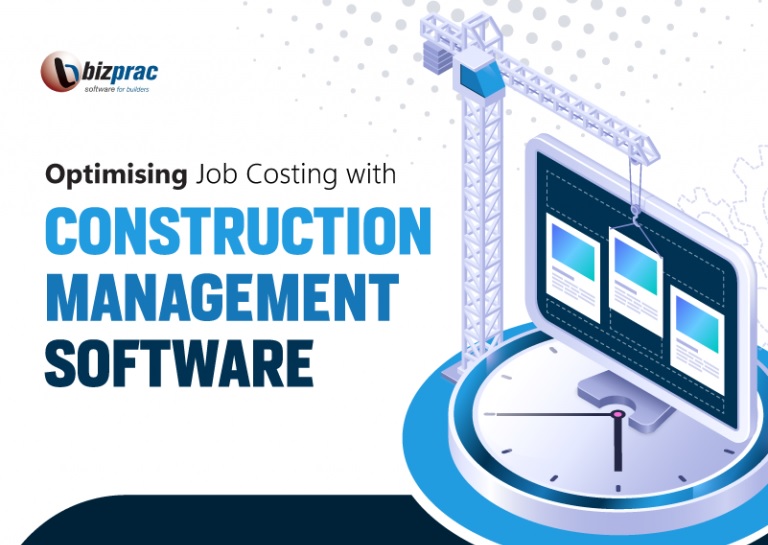Combining existing processes with cloud-based document management software is crucial to improving efficiency. Using construction management software reduces risks and helps team members stay on the same page about the progress of a project.
Cloud-based systems and home building estimating software can store real-time project data for all team members. This reduces the chance of misalignment and overspending. The software can also help in managing projects and helping to maximize savings for job order costs.
Calculating Job Order Costs
The purpose of job costing is to give the management both macro and micro-level cost information to help them budget for every expense. The first step in job costing involves determining the job description and evaluating the factors that could affect the project’s outcome. It is essential because it allows management to have a grasp or an estimate of the work that is required for the project.
After this, the next step is to estimate the cost of the job. The following are the most common ways to divide expenses for a project:
Material costs
Material costs refer to the cost of materials or components used in the project. Material costs can be classified as either direct or indirect depending on the traceability of the product.
Direct expenses are raw materials that are essential for the project and can be used immediately. Wood, concrete, steel, and electric wire are all examples. Fasteners, fittings, safety equipment, and lubricants are indirect materials that can be purchased in large quantities and used for various aspects of a project.
Labour Costs
Labour costs are another category of expenses. Labour is the most significant expense for many construction companies. This is why tracking subcontractors’ and crew members’ spending is essential. Labour costs include overtime pay, workers’ compensation, and all other related expenses.
Overhead Expenses
While overhead expenses are not directly related to the delivery of construction services, they are assigned to projects to create a more realistic cost report. These expenses include utilities, subcontractor’s costs, insurance, property taxes, and machinery depreciation.
Usually, overhead expenses are included in the final cost, which is charged after the completion of the project. Some overhead expenses can be challenging to estimate in some companies, so they have a set percentage.
For more details about optimising construction management software for job costing, here is an infographic from Bizprac.

